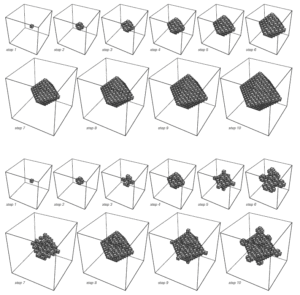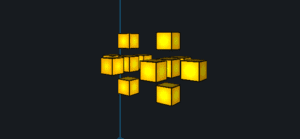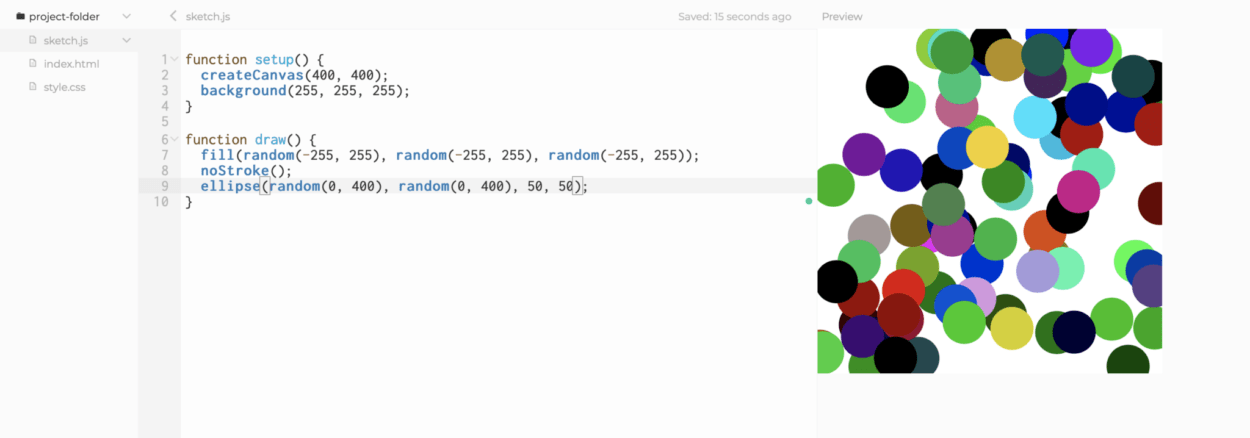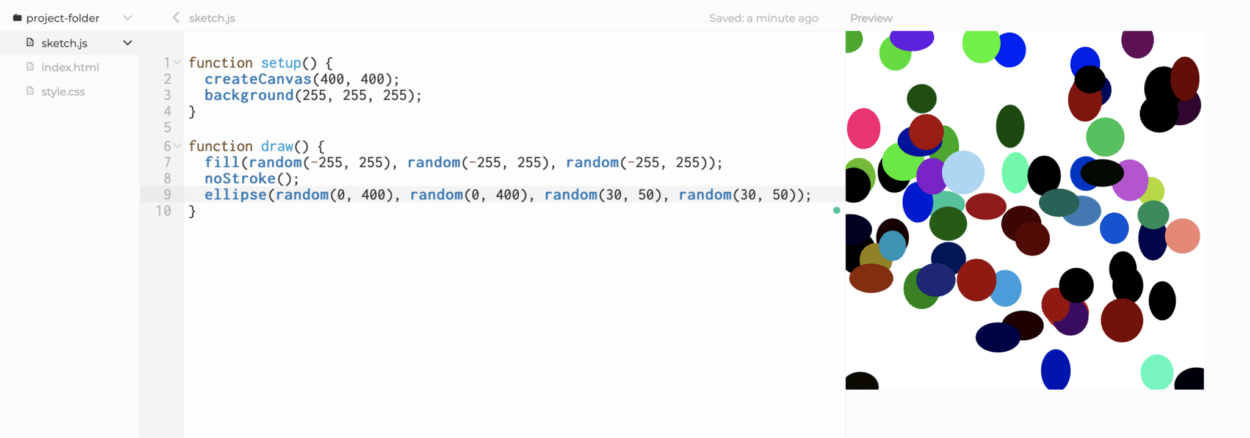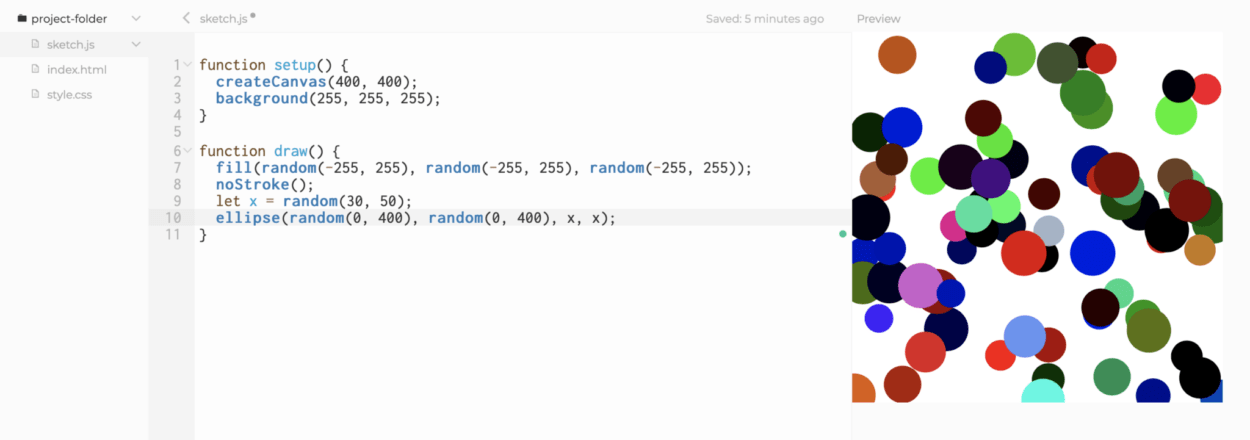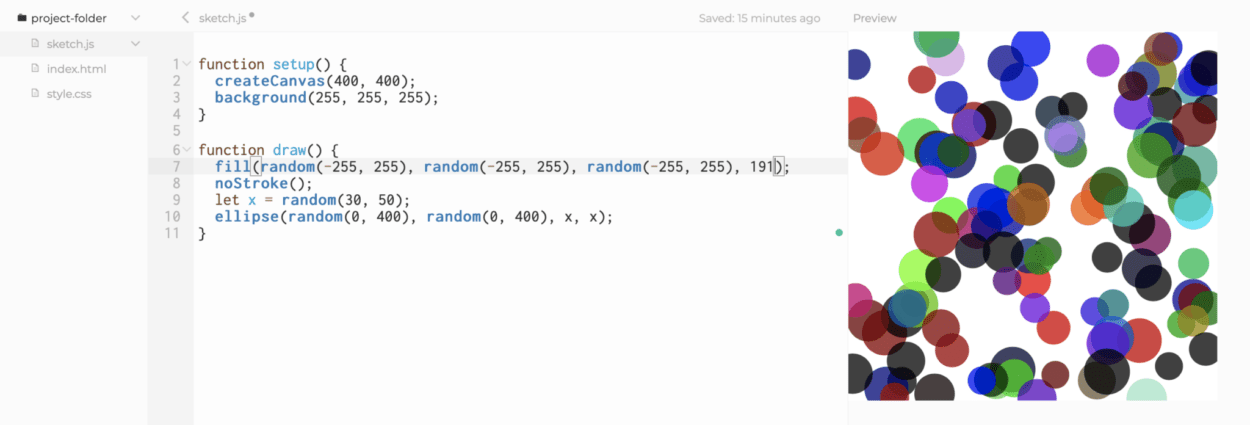Reading Long Live the Web made me realize the importance of the internet in our daily lives. Reading about the standardized and open protocols which allow the internet to function and which give it access to anyone that understands these protocols really showed the truly global nature of the internet and the immensely important role the internet now plays in fostering democracy and of our increasingly globalized world. Prior to reading this article, I had never really thought about how certain websites and companies such as Facebook, Apple and certain Google services create barriers around web connectivity by forcing you to create user accounts and making you use their own proprietary services rather than the common on HTML protocol which is open to all. By doing this the companies are creating closed off networks which as described in the article hinders connectivity and the free sharing of information and rather puts our information in the select hands of a few which in turn gives them immense power. After reading about how certain companies have also introduced things to hinder our access to certain websites that offer differing political viewpoints or that are owned by rival companies I now even more firmly believe in the need for a set of rules such as the ones put in place under President Obama which established Net Neutrality as the law of the land in the USA and which protected internet users from predatory practices from internet services providers. It is a shame that the current US administration removed these rules under the guise of a “free market” as this decision will only further serve to erode American democracy.
The article “The strange geopolitics of The international Cloud” I think goes hand in hand with this other article because it goes hand in hand with the problems of the internet today and the use and storage of user data which is extremely valuable information. Who owns the data stored in the data centers of certain countries is an extremely important question as the answer could lead to certain companies or governments having access to potentially sensitive information about its users and its citizens. In our globalized world, this becomes an increasingly important question and one which regulations should be put in place immediately to protect users from predatory practices by governments and corporations alike. The GDPR adopted by the European Union is a great example of regulation which could be adopted in order to protect user data and other countries which seek to preserve the freedoms and privacy of its citizens, in my opinion, should immediately adopt similar regulations.
